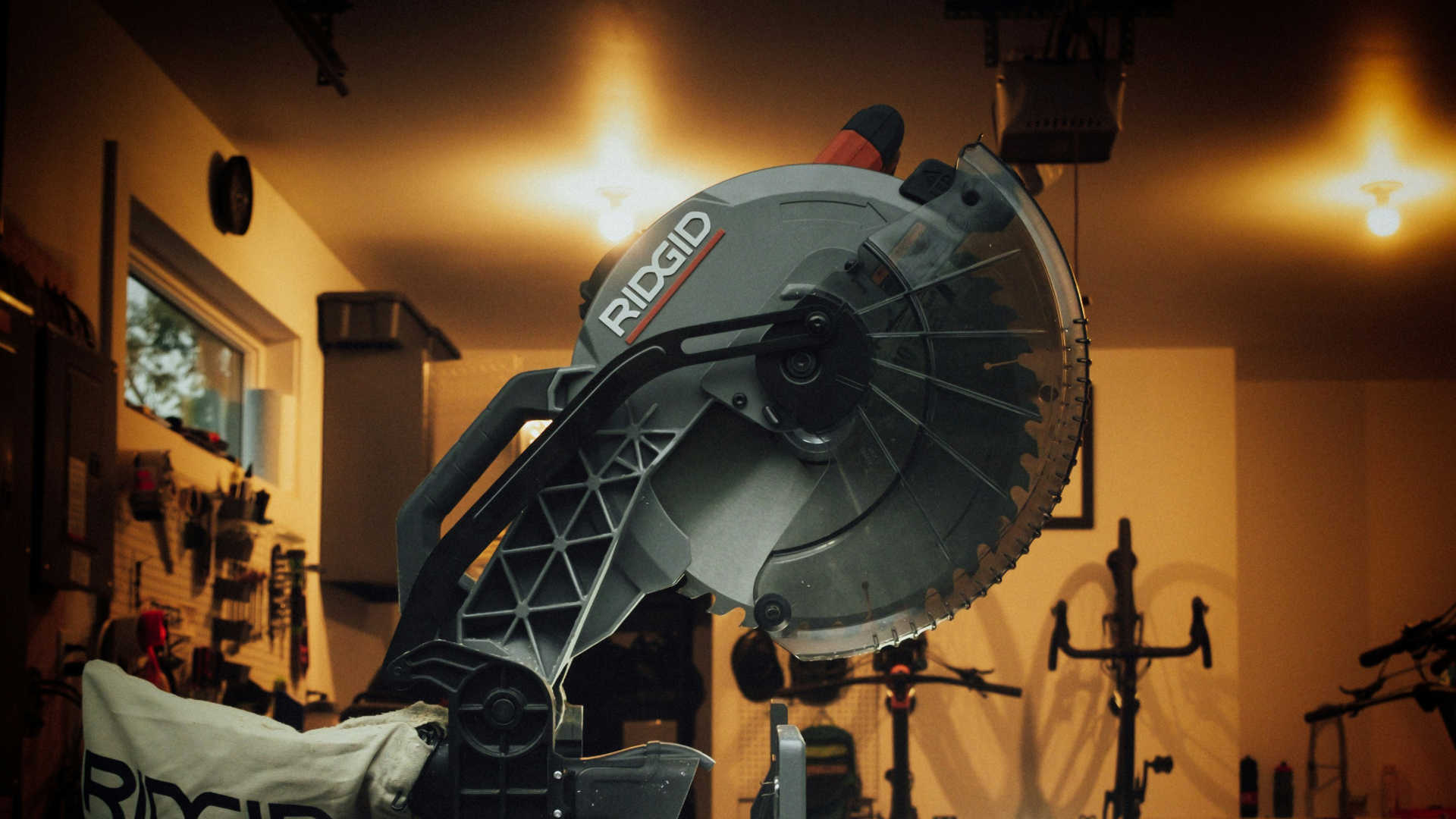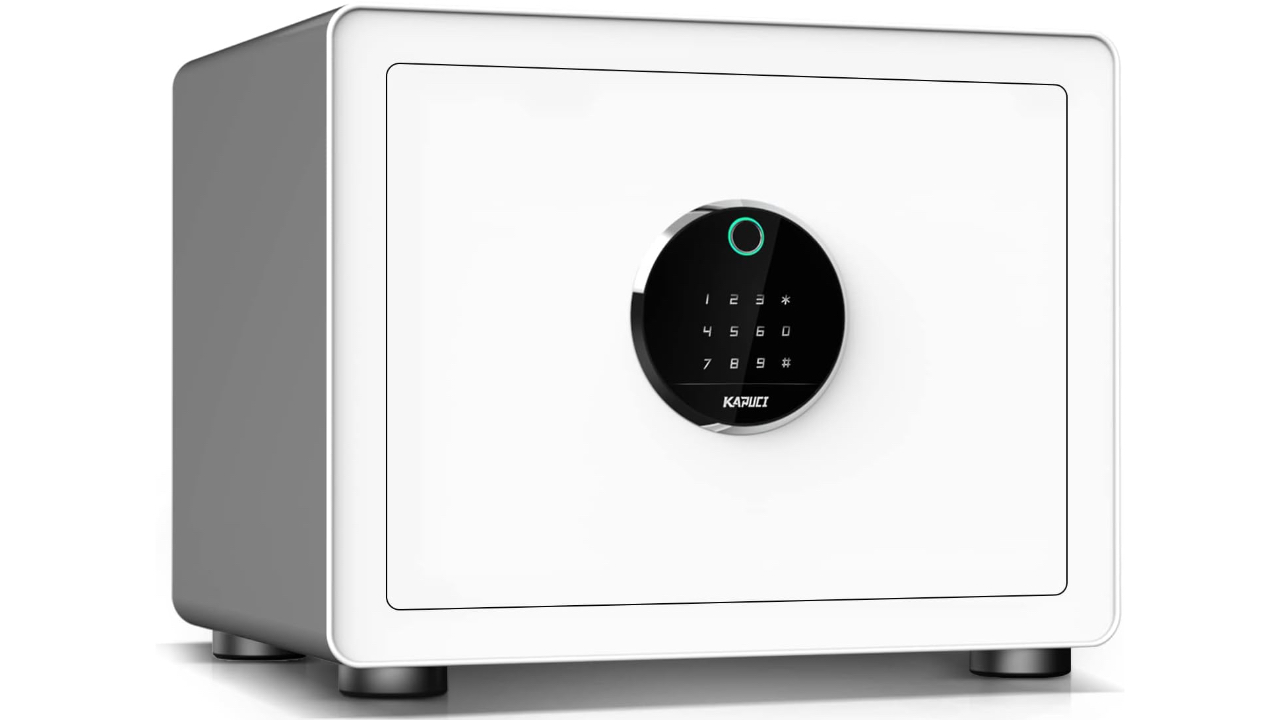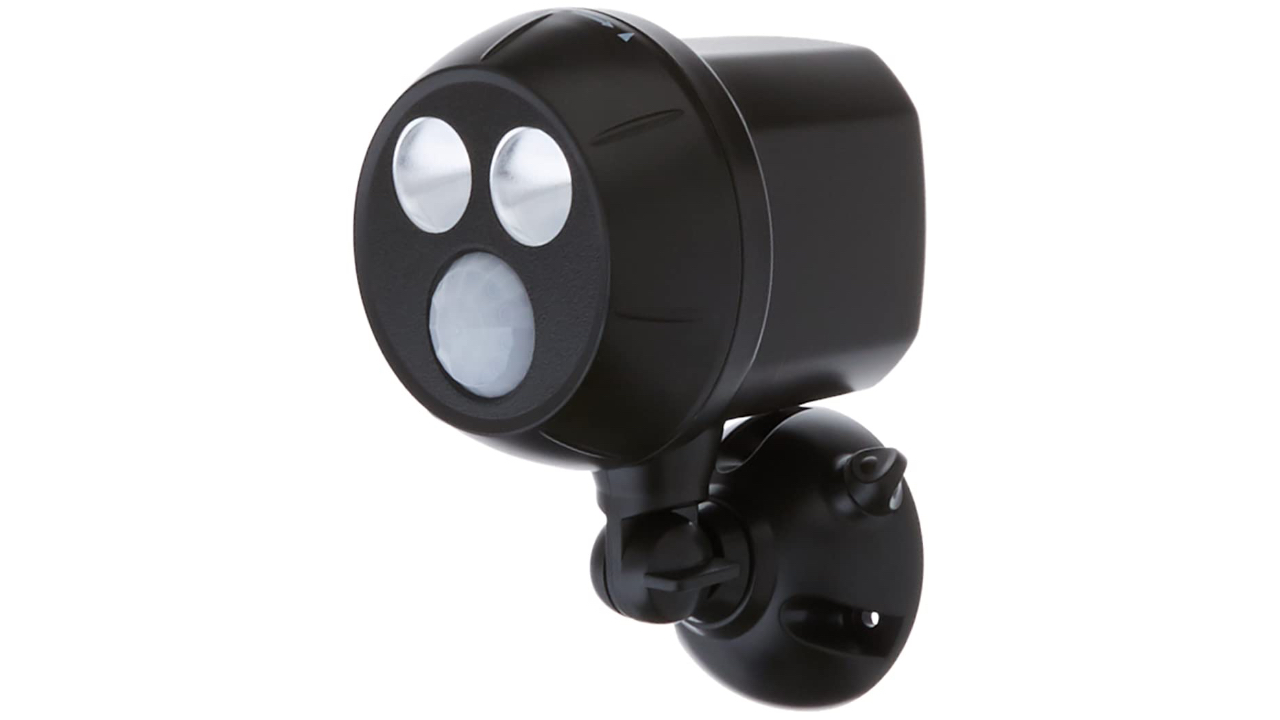Everything You Need to Know About Miter Saws
Knowing how to use miter saws is indispensable for both professional carpenters and DIY enthusiasts alike. Offering precision, versatility, and ease of use, the best miter saws excel at making accurate crosscuts, miters, and bevels in various materials. Whether you’re embarking on a home improvement project or setting up a professional workshop, understanding the nuances of miter saws can help you choose the right tool for your needs.
What is a Miter Saw?
A miter saw, also known as a chop saw, is a stationary power tool designed for making precise angled cuts. It consists of a circular saw blade mounted on a pivoting arm that can be lowered onto a workpiece in a controlled manner. This design ensures clean and consistent cuts, making it ideal for tasks like trim work, framing, and furniture making.
Types of Miter Saws
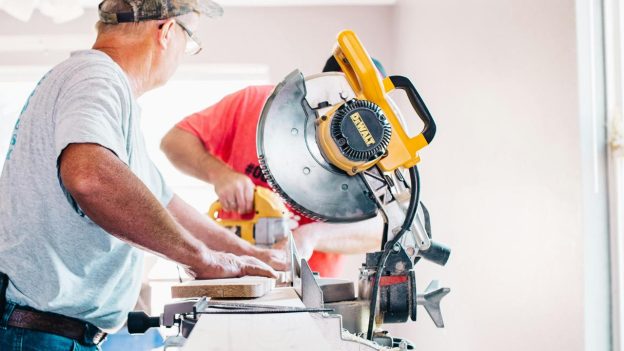
Photo by Annie Gray on Unsplash
Miter saws come in several configurations, each offering unique capabilities:
Blade Sizes and Power Options
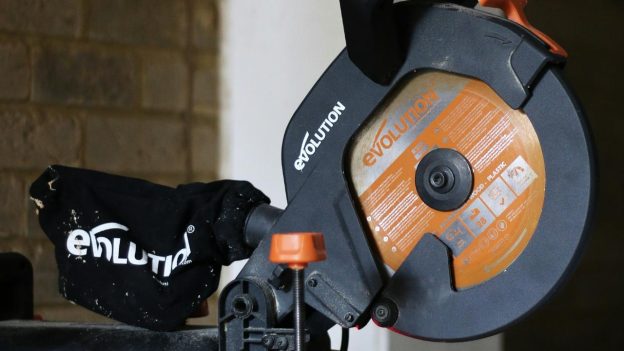
Photo by Eslah Saad on Unsplash
Miter saws are available in various blade sizes, each influencing their cutting capacity and versatility. The most common sizes are 10-inch and 12-inch blades, with options like 7-1/4-inch and 14-inch also available for specific requirements. A 10-inch blade is popular among DIYers and professionals due to its balance of portability and versatility, cutting up to 6 inches wide at 90 degrees and 4 inches wide at 45 degrees. Meanwhile, a 12-inch blade offers greater cutting capacity, handling up to 8 inches wide at 90 degrees and 6 inches wide at 45 degrees, making it suitable for heavier-duty applications and larger woodworking projects. Smaller sizes like the 7-1/4-inch blade are compact and ideal for narrow trim work, while 14-inch blades cater to industrial-grade tasks needing extensive cutting capabilities.
When choosing between corded and cordless miter saws, consider your workspace and mobility needs. Corded miter saws are typically more powerful and reliable for continuous use without battery concerns, making them cost-effective for stationary workshops. They require access to a power outlet or extension cord but offer consistent performance. In contrast, cordless miter saws provide excellent portability and flexibility, running on rechargeable batteries. They are ideal for remote job sites or places without immediate power access, though they tend to be pricier upfront due to battery costs and may require recharging during extended use.
Ultimately, selecting the right miter saw involves balancing cutting requirements with mobility and power preferences. Whether opting for a 10-inch or 12-inch blade, or choosing between corded and cordless models, understanding these factors ensures you find a saw that meets your specific woodworking needs efficiently.
Choosing the Right Miter Saw
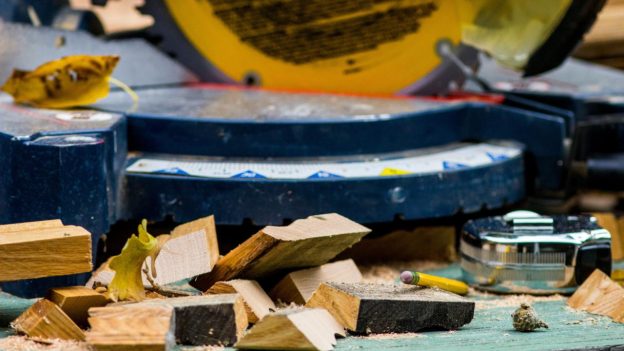
Photo by Gary Fultz on Unsplash
Selecting the right miter saw for your needs involves considering various factors that can significantly impact your project’s success and your overall satisfaction with the tool. First, assess the type of projects you’ll be undertaking to determine the most suitable saw. If you primarily work with standard trim and molding, a basic miter saw with a standard 10-inch blade might suffice. However, for more complex projects requiring intricate cuts, such as crown molding or furniture making, a compound miter saw or a sliding compound miter saw might be more appropriate. These models offer additional functionalities, such as bevel cuts and increased cutting capacity, making them more versatile for detailed work.
The size and type of the blade are critical components to consider when choosing a miter saw. Blade sizes typically range from 7 1/4 inches to 12 inches, with larger blades offering the ability to cut through thicker and wider materials. For instance, a 12-inch blade can handle broader cuts, which is essential for larger pieces of wood. Additionally, the number of teeth on the blade affects the smoothness of the cut; blades with more teeth provide a finer finish, ideal for precision work. It’s also essential to select the appropriate blade type for the material you’ll be cutting, whether it’s wood, metal, or plastic, to ensure clean and efficient cuts.
Power and additional features also play a significant role in choosing the right miter saw. The motor’s power, measured in amps, determines how effectively the saw can cut through dense materials. A motor with higher amperage provides more power, enabling smoother and faster cuts, which is beneficial for heavy-duty tasks. Moreover, consider features such as laser guides or LED lights that enhance cutting accuracy by clearly marking the cutting line. Dust collection systems are also a valuable feature, as they help maintain a cleaner work environment and prolong the life of the saw. Lastly, ergonomic features such as comfortable grips and easy-to-access controls can significantly enhance user experience, reducing fatigue during extended use.
By carefully evaluating your project requirements, the blade specifications, and the saw’s power and features, you can select the miter saw that best fits your needs. Investing time in understanding these factors ensures that you choose a tool that not only meets your current demands but also provides flexibility for future projects, enhancing both your efficiency and the quality of your work.
Safety Considerations

Photo by Samantha Fortney on Unsplash
Safety is paramount when using a miter saw, and understanding the proper techniques and precautions can significantly reduce the risk of accidents. First and foremost, always wear appropriate personal protective equipment (PPE) such as safety glasses, hearing protection, and a dust mask. Safety glasses protect your eyes from debris, while hearing protection helps to prevent hearing damage from prolonged exposure to the saw’s loud noise. A dust mask is essential for safeguarding your respiratory system from sawdust, which can cause respiratory issues over time. Additionally, wearing close-fitting clothing and avoiding loose jewelry can prevent entanglement with the moving parts of the saw.
Proper handling and operational techniques are crucial for safe miter saw usage. Always ensure that the saw is placed on a stable, flat surface to prevent it from tipping over during use. Before making any cuts, check that the blade guard is functioning correctly and covering the blade properly. Secure the workpiece firmly using clamps or a vice to prevent it from moving during the cut, which can lead to kickback or inaccurate cuts. It’s essential to keep your hands at a safe distance from the blade, usually indicated by the saw’s safety markings. Engage the saw slowly and let the blade reach full speed before making contact with the workpiece to ensure a clean and controlled cut.
Regular maintenance and inspection of your miter saw are also vital for ensuring long-term safety and performance. Before each use, inspect the blade for any signs of damage, such as cracks or dullness, and replace it if necessary. A sharp blade not only makes cleaner cuts but also reduces the likelihood of kickback. Keep the saw’s components, such as the table, fence, and miter gauge, clean and free from sawdust buildup, which can affect accuracy and safety. Regularly check the electrical cord for any signs of wear or damage, and never operate the saw in wet conditions to avoid electrical hazards. By adhering to these safety considerations and maintaining a vigilant approach, you can ensure a safer working environment while using your miter saw.
Final Thoughts
The best miter saws are essential tools for anyone serious about woodworking or home renovation projects. By understanding their types, features, and applications, you can confidently choose the right miter saw to suit your specific needs. Whether you’re making precise cuts for intricate trim work or tackling larger projects with sliding compound miter saws, these tools provide the accuracy and versatility necessary for professional-quality results.

